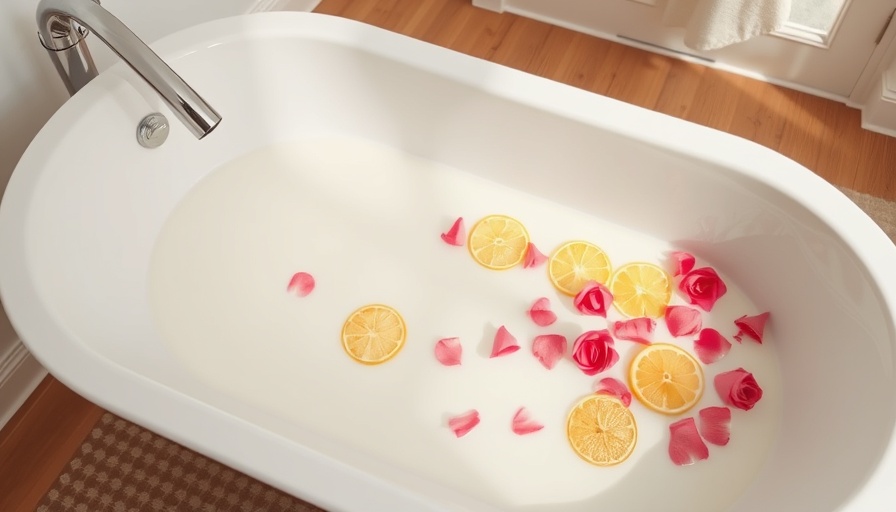
Choosing the Right Bathroom Drywall: A Guide for Home Improvement
When it comes to renovating your bathroom, one of the most critical decisions you’ll face is the type of drywall to use. Not all drywall is created equal, especially in moisture-sensitive environments like bathrooms where mold is a genuine concern. In this article, we’ll break down the different types of drywall options available and help you choose the best one for your project.
Understanding Different Types of Bathroom Drywall
Choosing the right drywall involves understanding the properties of the various options available. Here are some popular types:
White Board Drywall: This is the most common type and is moisture-resistant. Ideal for bathrooms, it helps prevent water damage while providing a clean, sleek finish.
Blue Board Drywall: With plaster backing, this type is water-resistant and perfect for heightening areas around tiles, offering greater durability.
Green Board Drywall: A moisture-resistant option, though not waterproof, making it less ideal for continuously wet areas.
Purple Board Drywall: While on the pricier side, this option provides superior moisture and mold resistance, making it perfect for high-humidity spaces.
Paperless Drywall: An increasingly popular choice, this option avoids traditional paper facing, reducing the chances of mold growth.
Type X Drywall: Fire-resistant and durable, it offers additional safety, particularly for areas near heat sources.
Why Moisture and Mold Resistance Matters
Choosing a mold-resistant drywall option is essential not just for durability but also for health reasons. Mold spores thrive in dark, moist environments, and can lead to respiratory issues. Utilizing mold-resistant drywall can significantly lower the risk of these health concerns. Manufacturers often boast enhanced mold resistance, but it’s crucial to remember that no drywall is entirely immune to mold—proper installation and maintenance are key.
Installation Tips and Best Practices
Proper installation is vital for achieving the best results with drywall in moist areas. Starting with adequate insulation not only improves energy efficiency but also reduces the risk of moisture seeping into the walls. It's recommended to smooth out edges to avoid potential mold traps and ensure a tight fit.
Invest in Your Home Improvement Projects
Before diving into your bathroom renovation, it’s crucial to weigh the benefits and drawbacks of the drywall options available. While the price point may deter some, investing in a quality, mold-resistant drywall could save you money in the long run by preventing costly repairs and health issues down the line.
Conclusion: Make the Smart Choice
In navigating drywall options, consider the long-term benefits of investing in durability and mold resistance. With the right products on the market, you can ensure your new bathroom not only looks great but lasts for years to come. Don’t forget to consult with professionals to guide you through the installation process!
 Add Row
Add Row  Add
Add 




Write A Comment